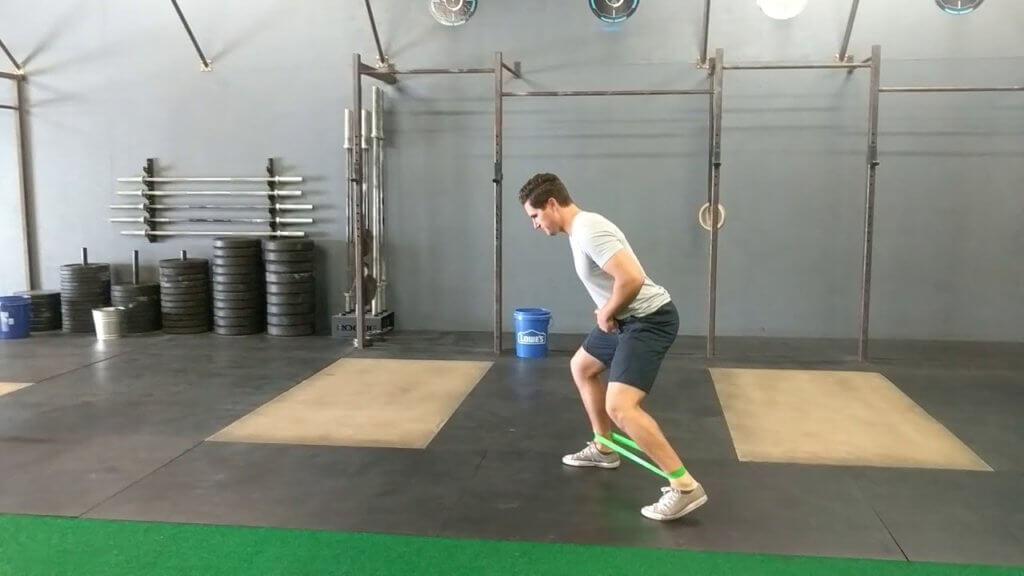Hip pain in active individuals is a common presenting complaint at our Melbourne sports chiropractic clinic. When describing their hip pain patients often have a broad description covering the lower back, lateral hip and groin. It is therefore pertinent to understand where their pain is really coming from. In the case of true intra-articular hip pain (pain from within the joint), groin pain is a strong indicator of hip pathology. One of the more common causes of hip/groin pain in active individuals is femoroacetabular impingement (FAI) which is of clinical importance due to its association with hip osteoarthritis (OA).
What is FAI?
In simple terms FAI is an abnormality of the femur head and/or acetabulum (ball and socket of the hip joint); resulting in abhorrent contact between the femur head and acetabulum leading to cartilage and bone pathologies. The bony abnormalities are referred to as cam (femur) and pincer (acetabulum) morphology which represent additional bone formation on either the femur head/neck junction or acetabular rim (over-coverage). Both of these morphological changes occur widely in the general population and can occur independent of each other or together (mixed). The resultant impact of these bony overgrowths may then impinge onto the articular (joint) surfaces during more extreme ranges of motion resulting in direct insult to the labrum and articular cartialge.

In the athletic (active) population the etiology of these morphological changes appear to be multi-factorial including genetics, vigorous physical activity; with evidence indicating a higher prevalence of FAI in those participating in high impact sports such as football, soccer, tennis, martial arts, basketball when compared to nonathletic controls. It is thought these morphological changes start to develop around 10-12 years of age where adaptive responses at the proximal femoral physis (growth plate) occur as a result vigorous loading of the hip. Once the growth plates close, there does not appear to be any significant further development in the morphological changes.
Common Symptoms of FAI
Clinically hip pain can be a challenge to diagnose due to the surrounding structures including the lumbar spine, pelvis, muscles, bursas. More commonly patients will often complain of anterior hip or thigh pain, groin pain, pain deep in the joint, pain while sitting or on rising after sitting; there may also be locking, catching, stiffness, giving way; the pain can be intermittent, have an insidious onset. The primary symptom though is motion-related or position-related hip or groin pain. A common clinical indication of potential FAI is hip or groin pain with reduced internal rotation at the hip joint. Anecdotally, Melbourne city chiropractor Dr. Shannon notes patients will often complain of a lack of flexibility or a tightness in the hip joint on one side when performing specific movements such as groin stretches, Pilates/yoga poses, kicking, pivoting which is often an indication of FAI.
Furthermore, posterior pelvic or lower back pain referring into the groin should always be investigated for hip pathology in addition to any low back causes, as it has been postulated that reduced movement in the hip joint due to FAI results in increased motion at other sites especially the SIJ to compensate for the lack of motion at the hip. Lateral hip pain can also be associated with FAI but this is more likely to be associated with weak and dysfuctional gluteal medius and minimus muscles as a result of pain and altered gait mechanics due to FAI.
Treatment for FAI
The two primary treatment options for FAI are conservative management and surgical intervention. The initial treatment intervention for majority of cases will begin with conservative management which routinely involves lifestyle and activity modifications, NSAID’s, intra-articular injections, rehabilitation exercises to improve core, pelvic, hip strength/stability, range of motion and neuromuscular control. Failing conservative management surgery is an option which aims to correct the morphological changes (cam and pincer resections), cartilage and labral repairs/resections/reconstructions to restore impingement-free range of motion at the hip.

Patients who are treated for FAI will generally experience better outcomes including improvements in symptoms and return to full activity. However, those who are do not seek treated are likely to experience a gradual worsening of their symptoms, with evidence showing a 7-fold increase in those with FAI symptoms developing hip OA within 10 years. Notwithstanding there is currently no evidence to support alterations to hip OA risks following treatment for FAI.
If you are experiencing hip, groin or back pain and would like a thorough assessed you can book an appointment below with our Melbourne CBD chiropractor, Dr. Shannon. Our practice is situated on Collins Street, Melbourne and is easy to get to via trams on Bourke Street, Collins Street, Swanston Street and trains via Flinders Street Station. Parking is also available at Federation Square.



